Citizens of Tankwa Town – get to know your landscape! Here follows a brilliant summary of the geology of the Tankwa by Sven Coles, Marine and Environmental Geologist (and a fire service volunteer at our little thing in desert in the early days).
(words and photos: Sven Coles)
As with many places on earth, the Tankwa Karoo has seen significant changes throughout various geological settings over billions of years of Earth history. This very short geological description does not attempt to cover all the complexities or changes, but merely serves to highlight some of the aspects of the most recent setting. For more extensive insight please read up on deepwater submarine fans and their lithologies.
The sediments which formed the rocks comprising the geology of the Tankwa Karoo which includes the AfrikaBurn site were laid down in the deep southwestern portion of a large, intra-continental basin or inland sea (Karoo Basin) that stretched from east of present day Johannesburg to the north of where Ceres is now.
All of this happened around 258 Million years ago and available evidence indicates that the water depth for the basin in this vicinity was between 5 and 7 hundred metres. The slow and methodical ‘filling up’ of the Karoo Basin with sediments over time occurred before the initiation of the break up of Gondwanaland (a large ‘supercontinent’ located where SA is now, comprising India, Australia, South America, Antarctica etc.) which occurred around 180 – 200 million years ago.
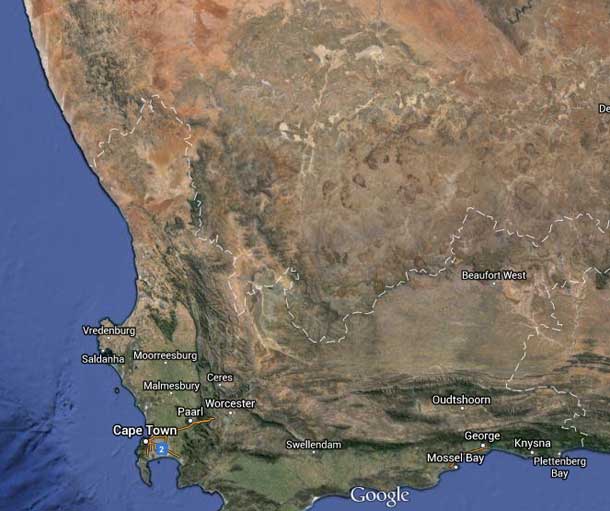
Subsequent to the deposition of the Tankwa sediments into the basin that became rocks with time, a further 7 to 8km of younger sediments were deposited over the top of them, themselves forming rocks over time. These latter rocks have subsequently been eroded over millions of years to reveal the present day landscape as we can observe it.
Evidence suggests that the Tankwa sediments were sourced from the ‘proto’ Andes mountains, located then approximately 700km from the southwestern portion of the Karoo basin (compared to the present day Andes – which are thousands of kilometres away!). As the Tankwa sediments, which were transported over these 700 kms in rivers and then into the basin, left their coarser (larger) and softer material behind and were eventually deposited into the basin, they comprised only the fine-grained component of the total sediments.
This is why only fine grained sedimentary rocks are to be seen in the area nowadays, evidenced by the sandstone and shale rock types presently discernible in the Tankwa region. At least five distinct sandstone and shale units have been identified here.
(interested in the fracking debate? Interesting info ahead!)
Interestingly, in many regions of the world, such as sandstone/shale successions as those evident in the Tankwa, host extensive oil and gas deposits which are actively being exploited. However, unfortunately (or fortunately!) for SA, it appears that the Tankwa sandstone and shale successions were buried too deeply, at too high a temperature and for too long under successive overlying sediments and any oil and or gas content has been lost.
Essentially, there is an optimum depth of burial for sediments, the organic content has to be appropriate, temperature regime and time for geological processes to ‘create’ oil and/or gas has to be right and the Tankwa as we know it today missed it! Put another way, any oil or gas which was formed as a matter of course in this area has been lost over time through seepage and degassing as there were no geological mechanisms to trap it and keep it.
However, despite the above, the value, to geologists at least, of the rocks exposed in the Tankwa area, lies in 2 major factors; the fact that it allows for very close, hands-on study of the rock formations which generally are exploited many hundreds of metres, if not thousands further down (or even under 1000m of seawater), by large international oil and gas companies.
Oil and gas geologists, engineers and associated earth scientists have come from all over the world to see ‘first hand’ in the Tankwa, what is usually only available to them through remote-sensing instruments and borehole data, where they are drilling to explore and extract fossil fuels.
Also, the rocks themselves have not been folded (bent/buckled) by earth pressure as in most other places where deep water, sandstone and shale fans are exploited for hydrocarbons which makes them ideal to study and to learn from.
So, although it may look like a rather drab, hot, dusty and dry landscape to many, to earth scientists the Tankwa Karoo is a treasure trove and an amazing open air laboratory.
Apart from that, the site is a beautiful place to feel one’s spirit, and the rocks of the earth – to appreciate the planet and its various forms and to treasure the open plains and spaces.
Simply put – the Tankwa rocks!
There are a number of interesting rocks to be found in the Afrikaburn site – many close to the reservoir – some of which are shown and described below for interest’s sake.
A small collection of rocks collected at the Afrikaburn site, with description, follows:
Chert nodules – Almost pure quartz (SiO2) with a little iron for colouring!
Note the conchoidal (shell-like, concave) fracture faces – similar to the way a glass bottle base would break. General, everyday glass is essentially made of pure quartz (SiO2)! Chert is generally brought in by water which moves though rocks over time.
Dolomite – (CaMg(CO3)2) with grey-white calcite (CaCO3) vein running across it from top left to near the red writing. Very distinctive lines (ridges and grooves) – almost at right angles to each other are known as ‘elephant skin’ weathering. This is an easily recognisable characteristic of dolomite.
Dolomite – (CaMg(CO3)2) as above, displaying more highly distinctive ‘elephant skin’ weathering.
Dolomite / sandstone contact – note absence of distinctive dolomite weathering pattern in the sandstone (left), the colour difference, and texture.
Sandstone consists primarily of quartz grains which have been cemented together over time by intense pressure, and a cementing agent which can be iron, silica etc.
Iron rich, fine-grained siltstone/mudstone displaying distinctive differential weathering for individual layers – most likely due to differing silica content which affects the hardness – and therefore its resistance to being weathered over time. Darker and lighter brown colours generally imply higher and lower iron content respectively. Small scale folding has resulted in the contorted shape of the sample.
Enjoyed reading up about the geology of the Tankwa Karoo?
You should check out Francine Rubin’s paper on ‘The physical environment and major plant communities of the Tankwa-Karoo National Park’.

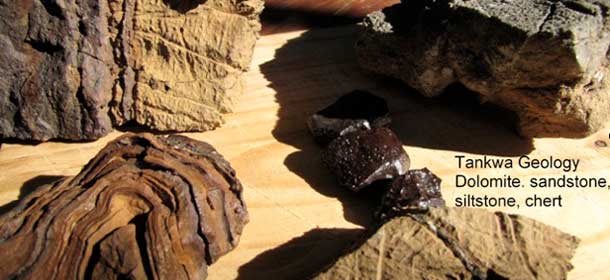
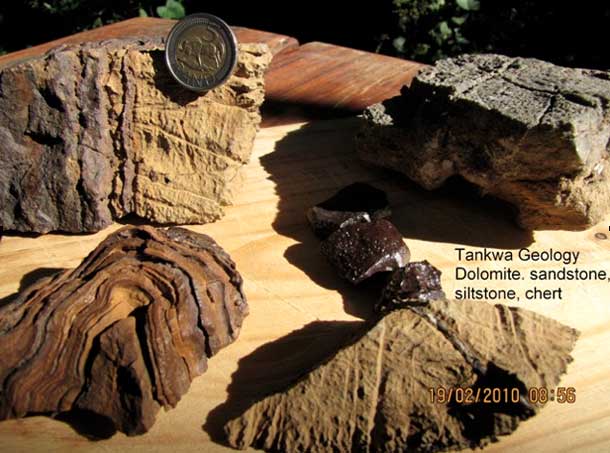
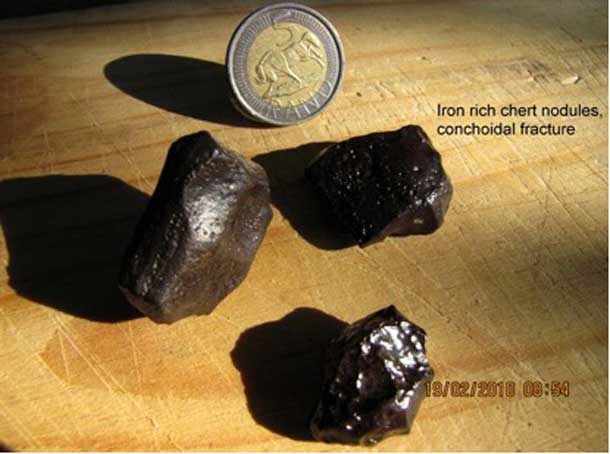
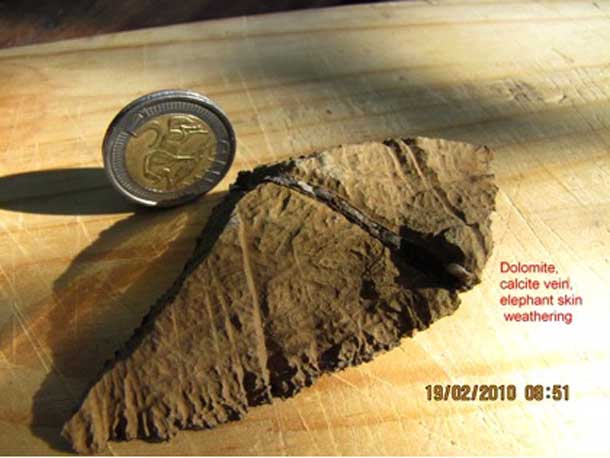
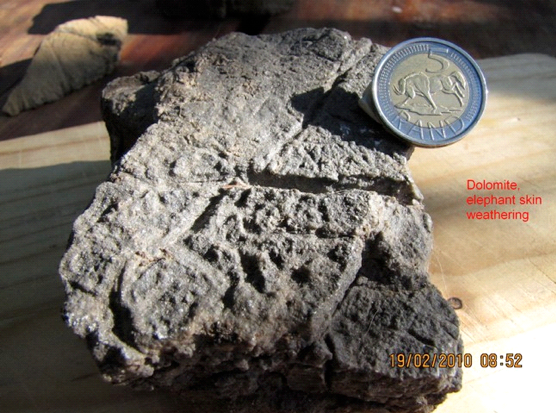
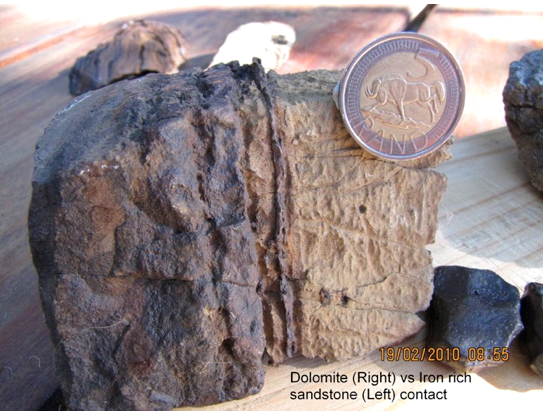
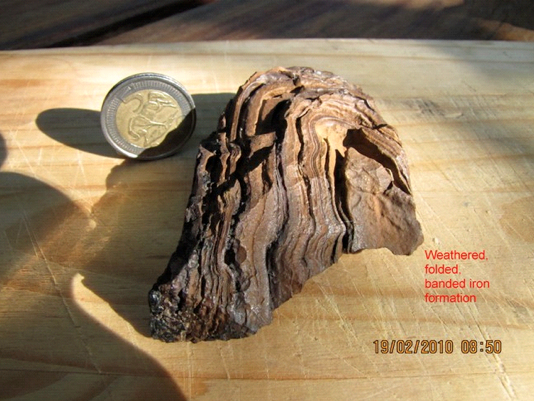

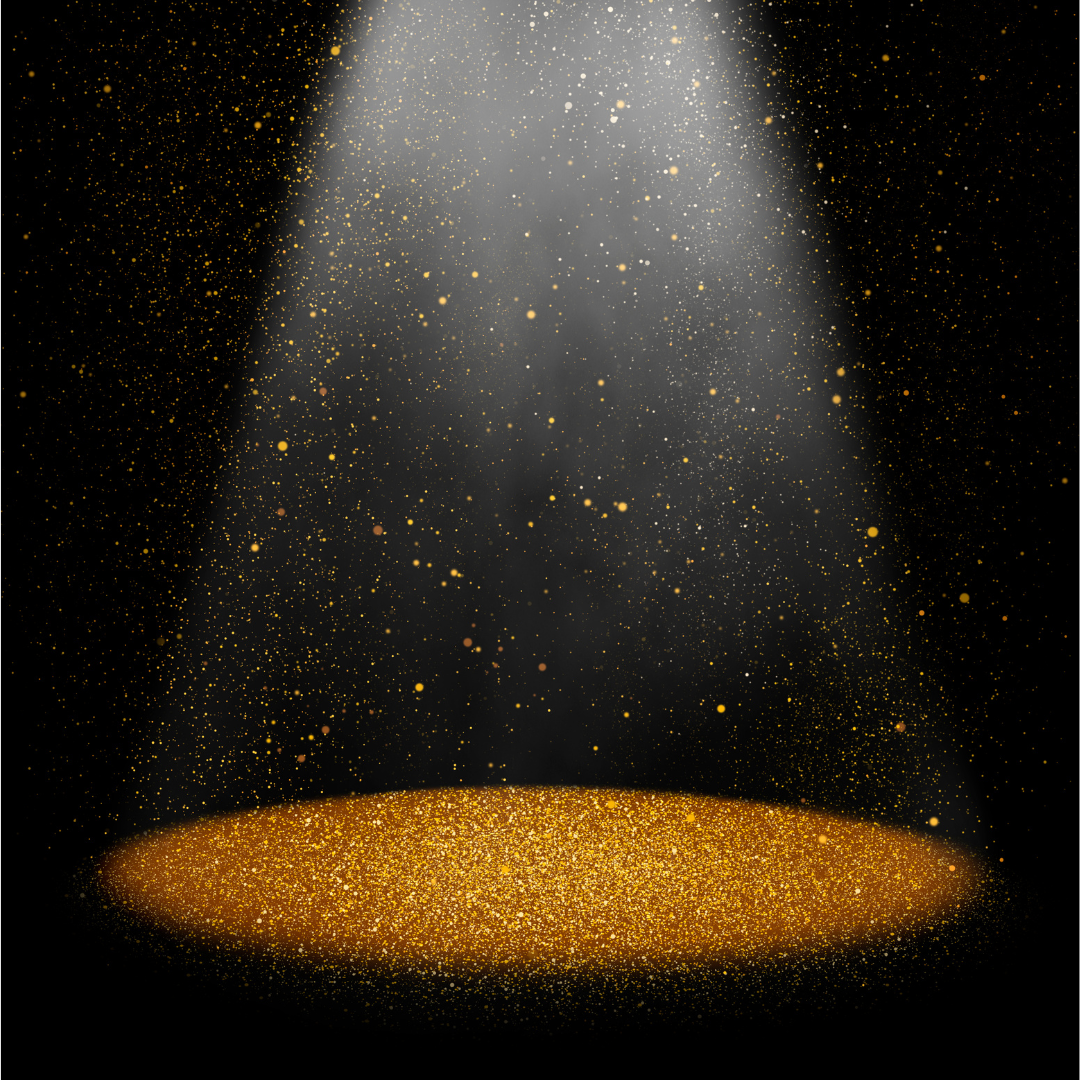
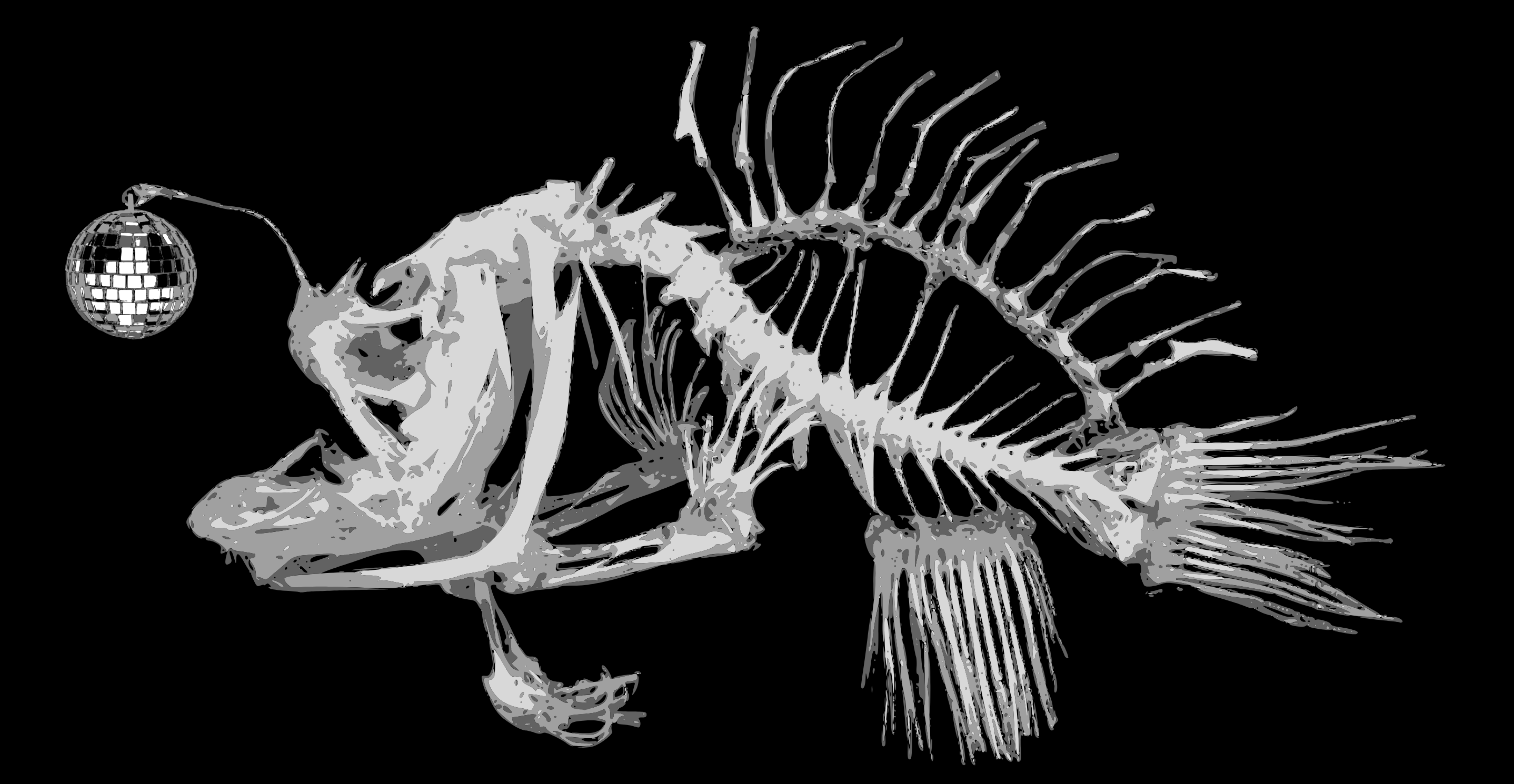
One Response
Hello.
Was at tankwa the weekend. Picked up some black rock that looks like it’s melted at high temperatures. There’s everywhere small rocks with this characteristics..
What do you call them?